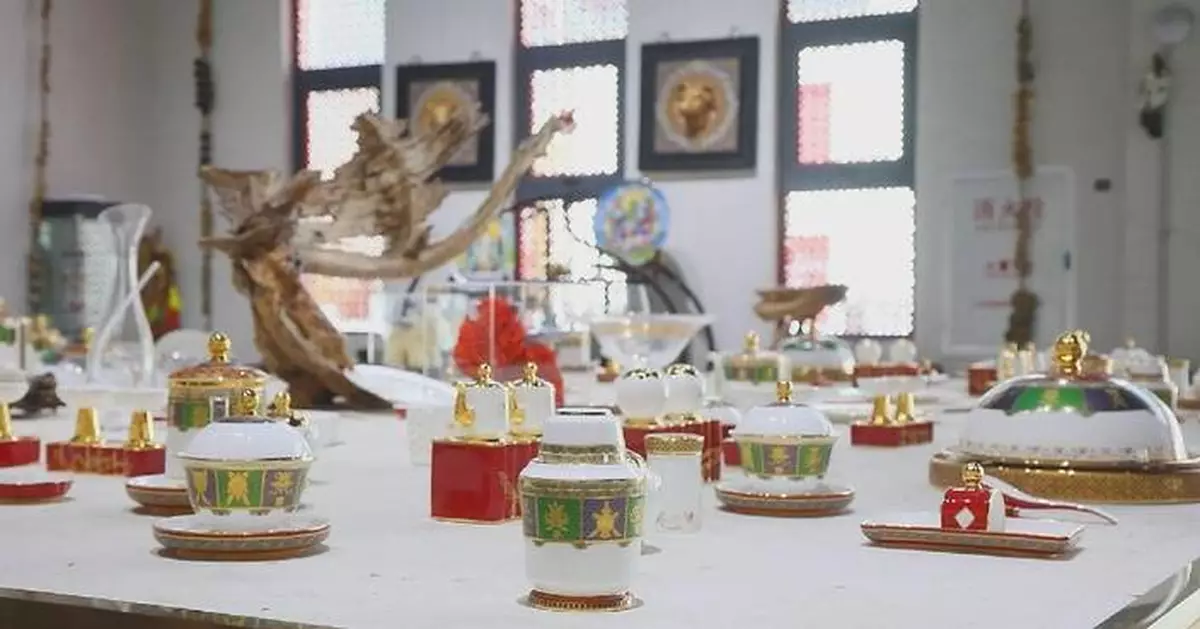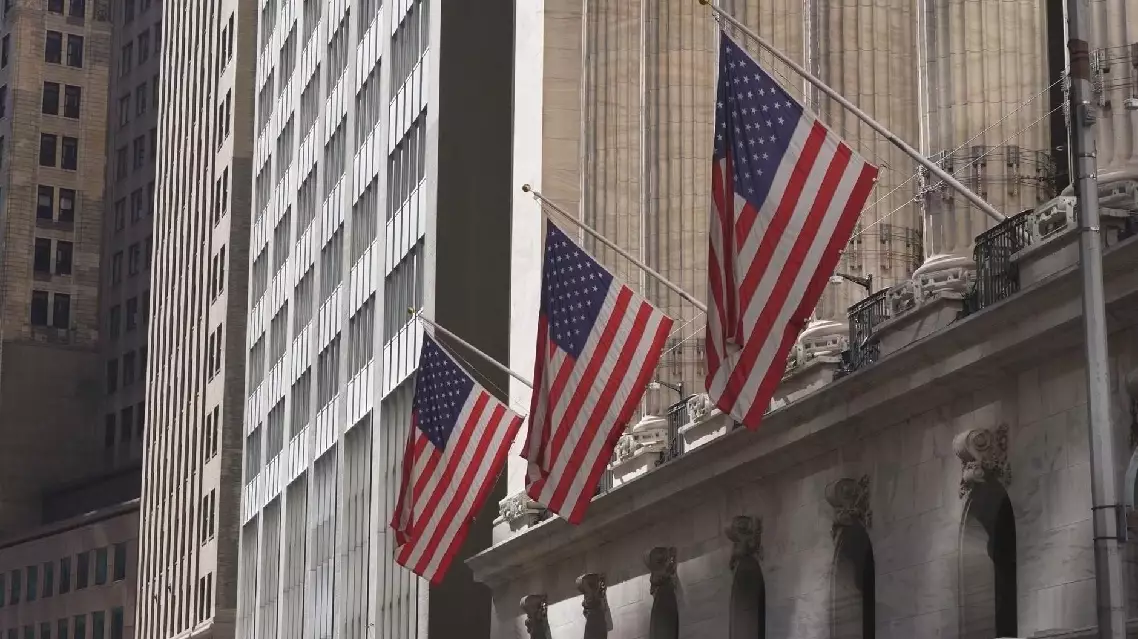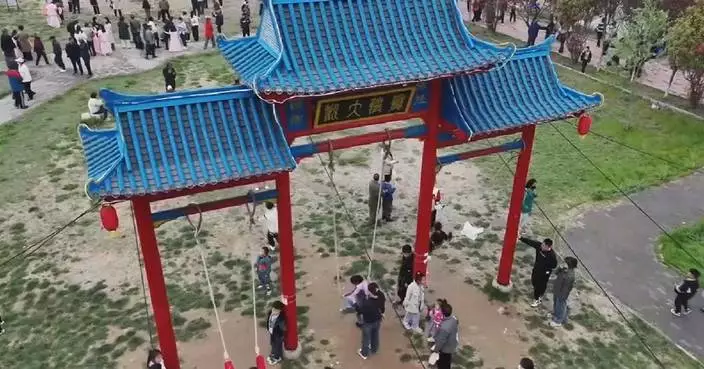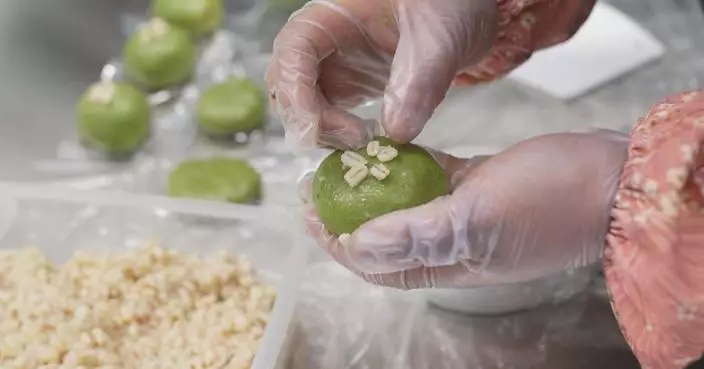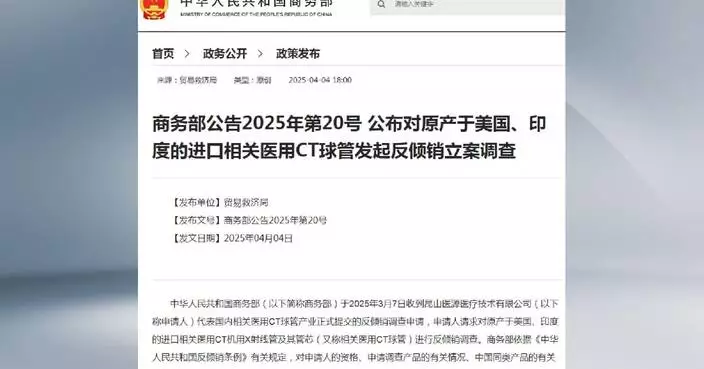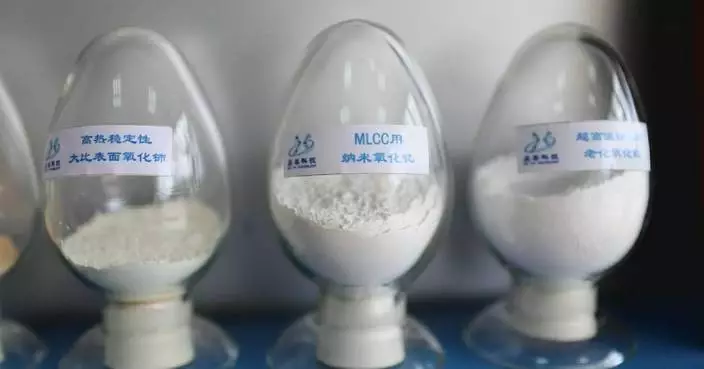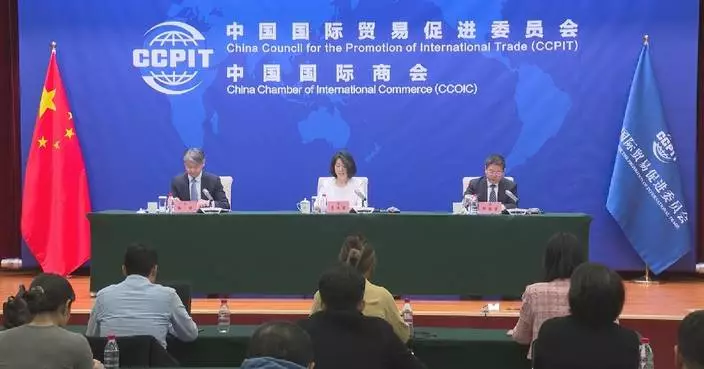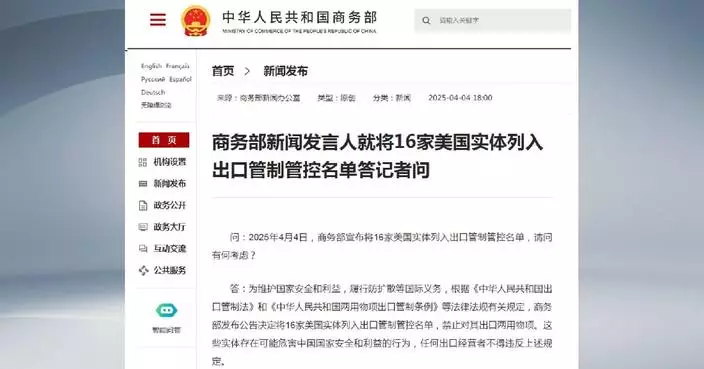The yak bone-made porcelain Thangka, a unique painting art form in the traditional culture of Xizang, is gaining increasing popularity in the overseas market, catching limelight for its unique ethnic patterns and compositions.
In Lhasa City of southwest China's Xizang Autonomous Region, students from Xizang Vocational Technical College have been receiving training to draw Thangka – a unique painting art form in the traditional culture of Xizang – at a local base for integration of production and education.
Thangka paintings are Tibetan Buddhist scroll paintings on cotton or silk with mineral and organic pigments derived from coral, agate, sapphire, pearl, gold, and other sources so that the color lasts for centuries. The paintings date back to the 10th century and typically depict Buddhist deities.
Usually drawn on cotton or silk, Thangka paintings are hard to be put on porcelain. However, after six years of study and development, researchers have found ways to integrate Thangka with porcelain.
In 2023, a Thangka painting on yak bone porcelain made by a teacher from the base was collected in two million yuan (about 275,375 U.S. dollars). This has brought great confidence to students.
"I think it's a really good choice. So I'm learning the basics of Thangka painting from teachers," said a student of Xizang Vocational Technical College.
The researchers also discovered that using yak bone char as well as kaolinite and clay will make porcelain even brighter.
Therefore, delicate tableware has been rolling out of the production line, and then sold abroad.
"At the 2024 spring version of Canton Fair, we received export orders of 2.7 million U.S. dollars," said Li Chuchu, vice president of a local company.
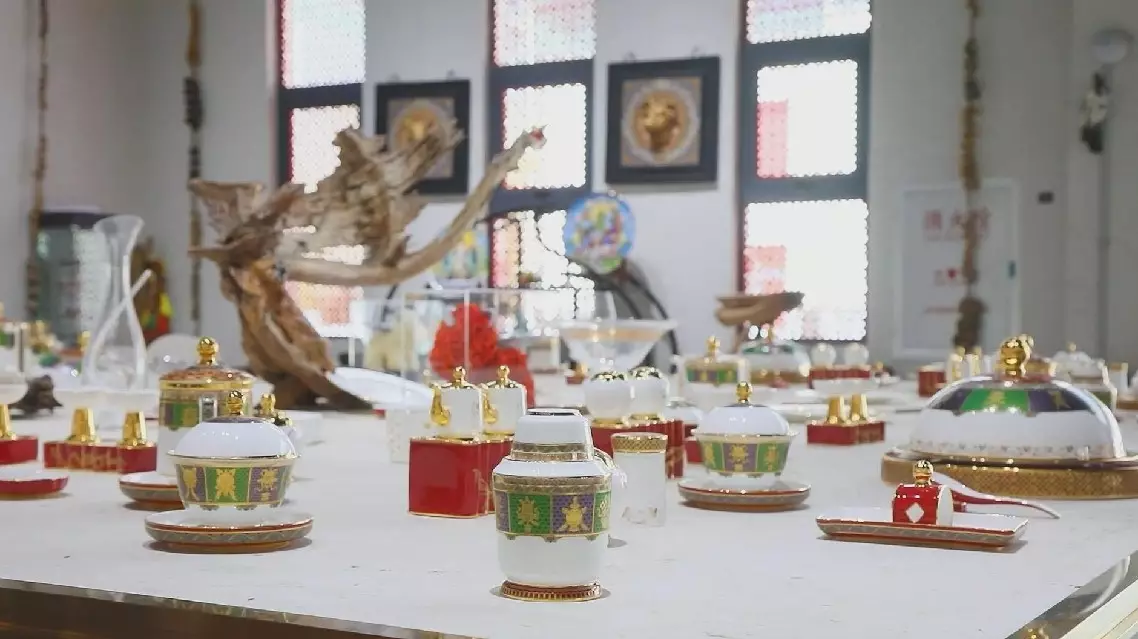
Innovative yak bone-made porcelain Thangka produced in Xizang gains popularity at overseas market


